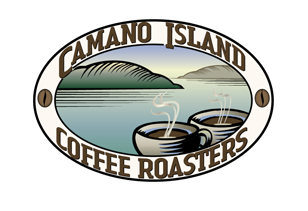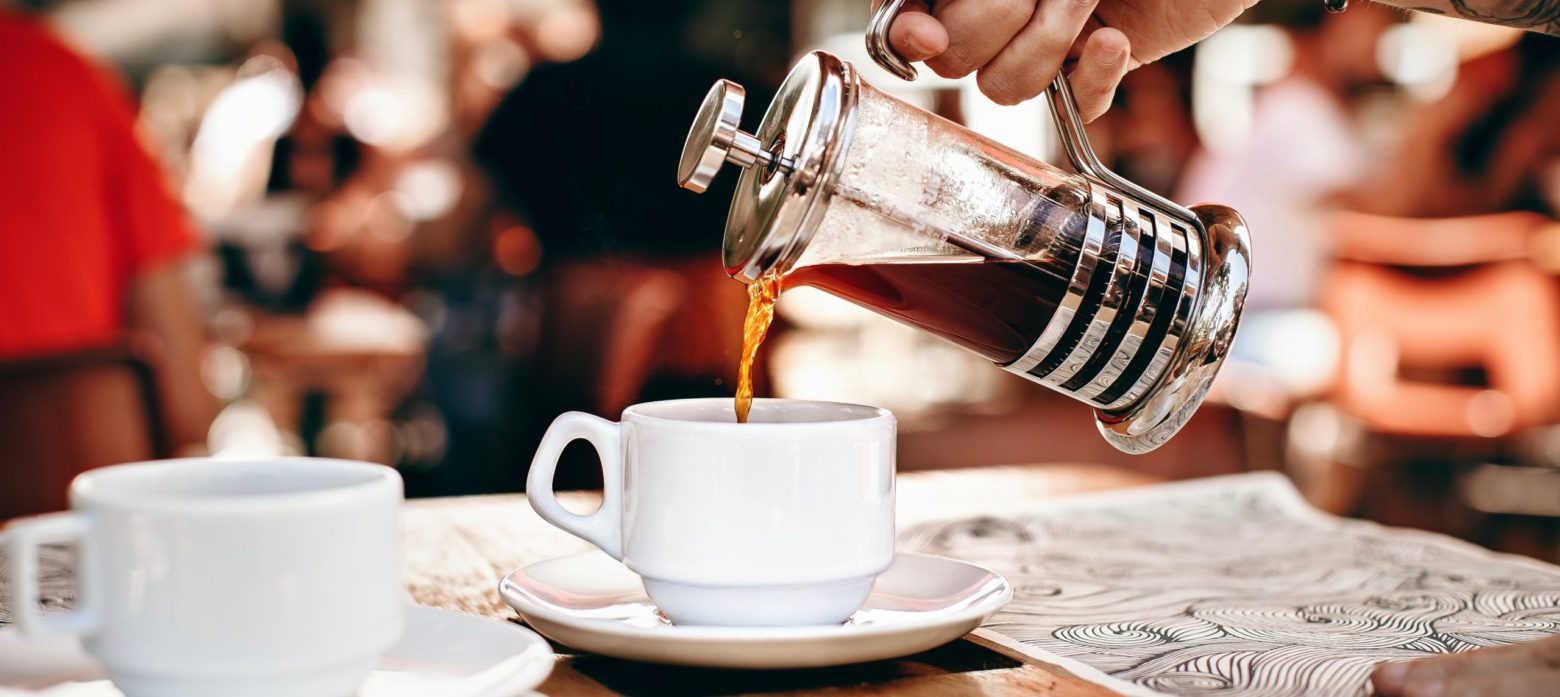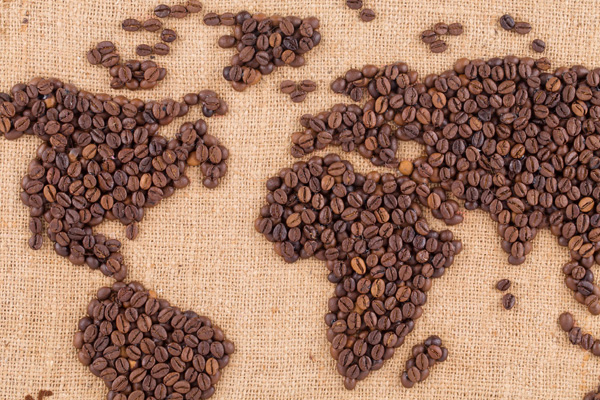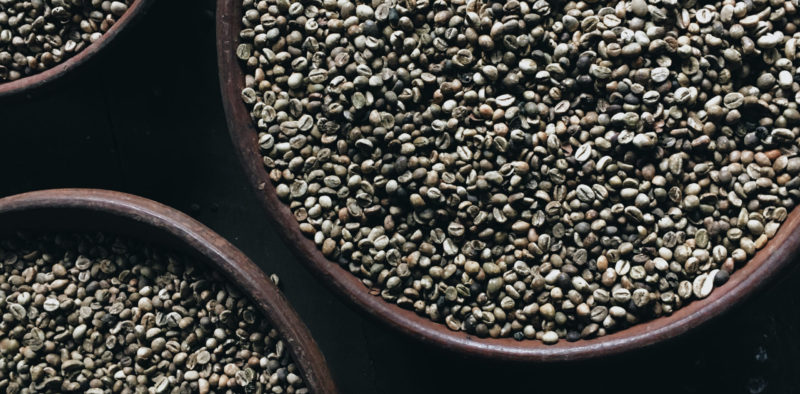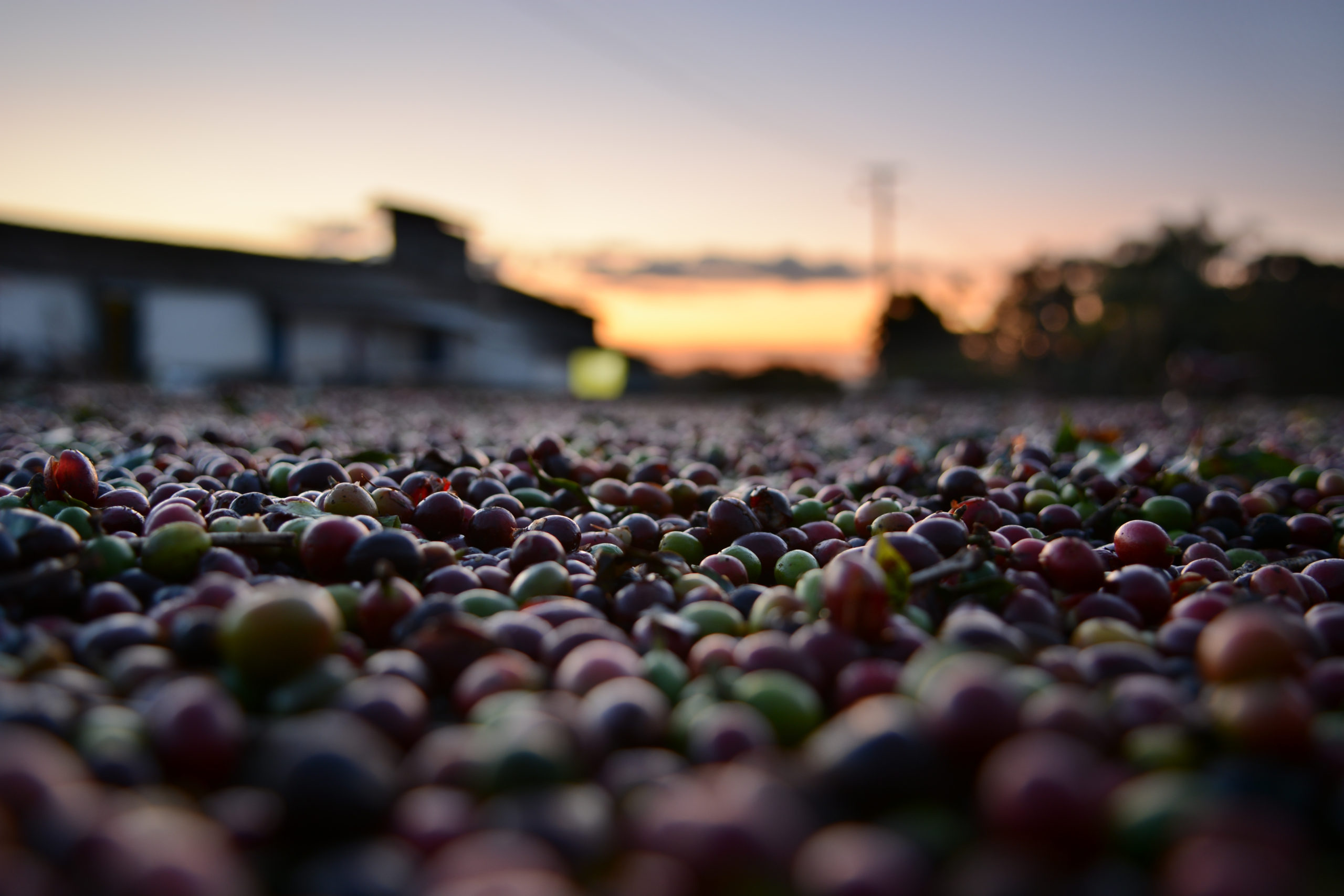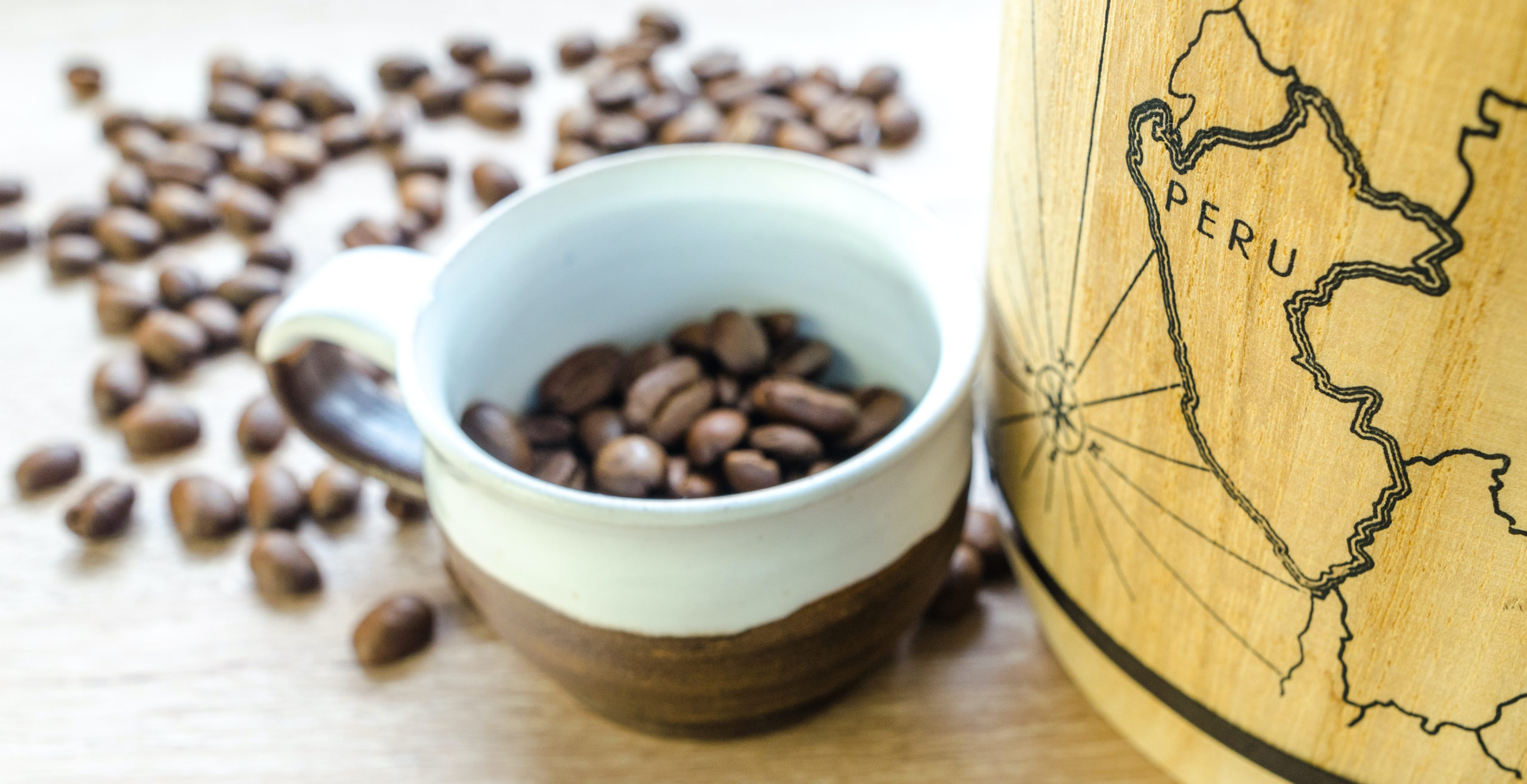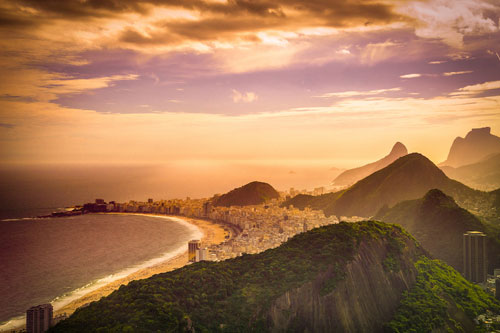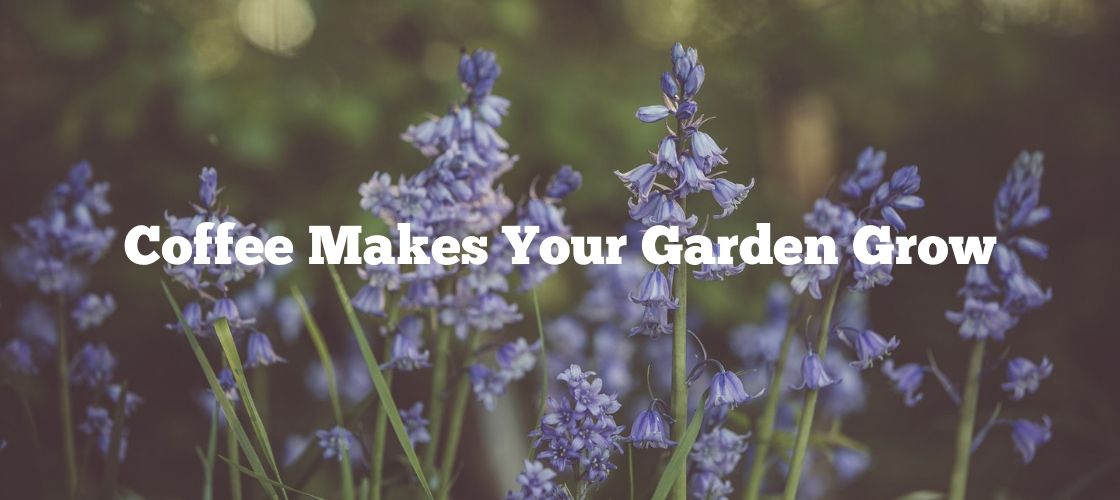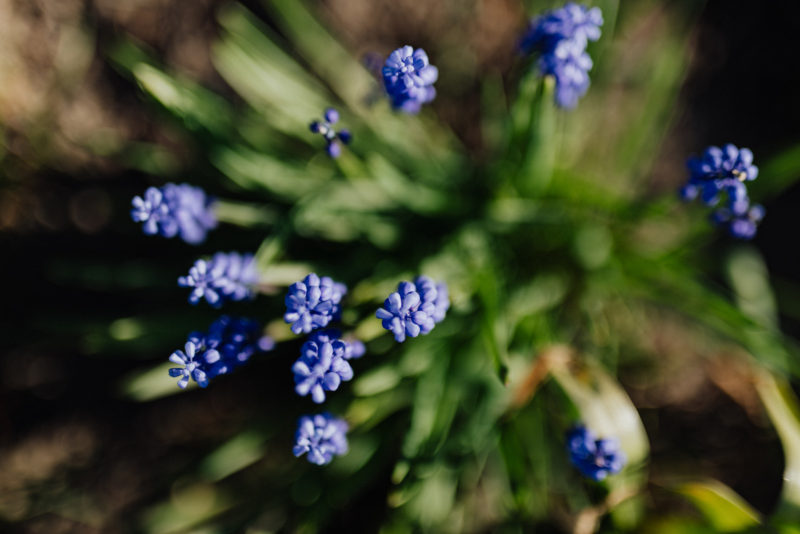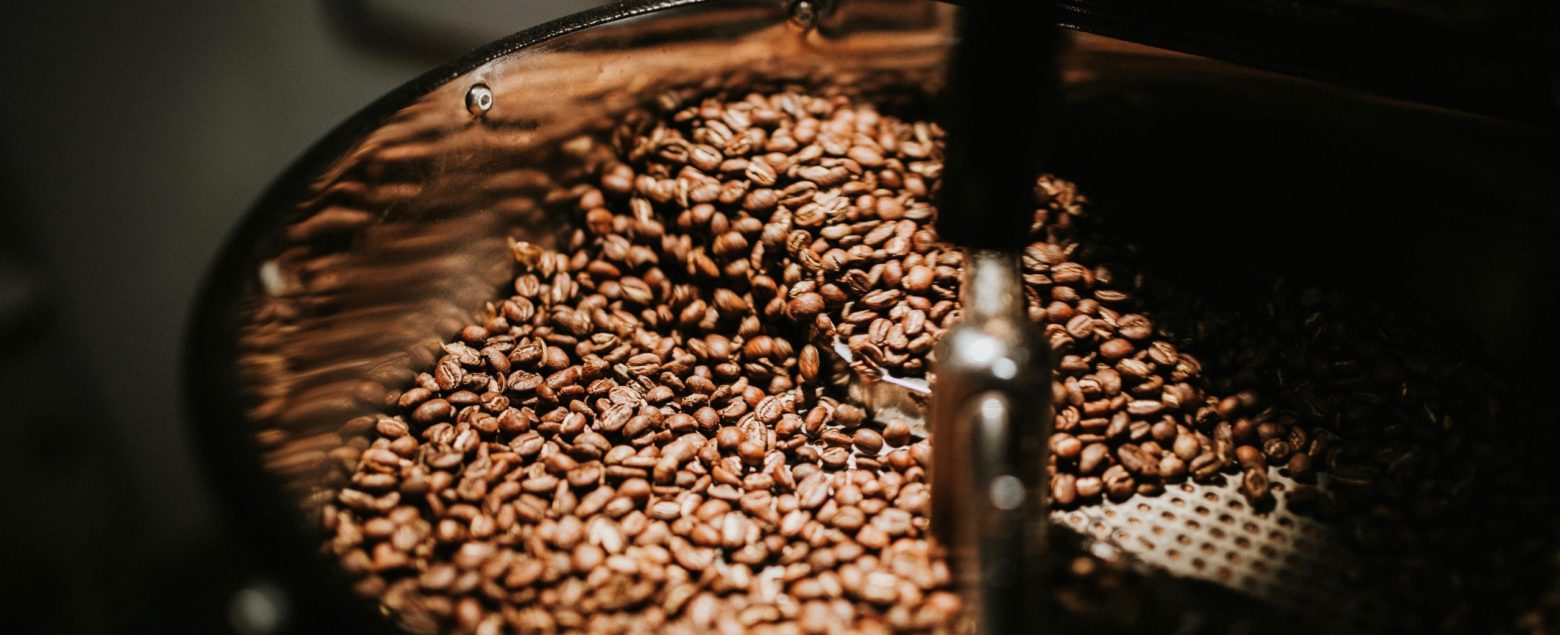
Arabica vs. Robusta
There are over 6,000 species of coffee, but the debate over coffee always comes down to Arabica or Robusta coffee beans. It doesn’t matter if you’re a casual coffee drinker, or you consider yourself a connoisseur, you have your favorite brands and you know what flavor you enjoy. Take a break, grab a cup of that magic elixir and read this before your next coffee purchase; it just might have you reading the label more closely.
Just the facts
Yeah, we know facts can be boring, let’s get it out of the way so we can get to the good stuff: taste and quality! Think about most commercial coffee manufacturers, they are trying to mass produce a product while making as much profit as they can; which is why most of them use Robusta beans. Cheaper isn’t better, it’s just cheaper, and it tastes that way too.
Arabica coffee plants are slightly shorter than the Robusta plant, which means the plant doesn’t have to work as hard getting nutrients to all its branches. While both plants like a warm, moist climate, the Arabica plant flourishes in higher altitudes making it more difficult to cultivate and harvest due to steeper terrain. This harsher climate forces the plant to grow slower creating the most refined flavors you taste in your brew. One of the more interesting differences between the two varieties is that Arabica plants are self-pollinating, which means they have fewer mutations and variations through the growing cycle for flavor consistency from bean to bean.
Robusta coffee plants are hardier because they contain more caffeine and another natural chemical compound that makes them more resistant to disease and pests. These higher levels change the flavor of the bean making them more bitter than the sweeter and more fragrant Arabica bean. The Robusta plant does not require high altitudes to grow, and they grow faster; two more reasons why big business likes to use them. Their accessibility and hardiness make it easier to have higher profit margins; and you, dear consumer, end up with a more bitter tasting beverage.
Sip, savor, swallow; repeat
Arabica beans have less caffeine than Robusta, caffeine is naturally bitter. Arabica coffee beans have a general sweetness, but also provide more depth of flavor with fruity, nutty, and chocolatey undertones. You aren’t going to get that in a Robusta blend.
Most coffee in the Unites States is made with Arabica beans, but what kind of quality markers are you going to find in a can of coffee that was mass produced? Camano Island Coffee Roasters uses only organically grown Arabica beans that are grown as nature intended, in shaded sunlight. Coffee plants, like all plants, pull their nutrients from the ground and the air meaning land conservation is just as important to the flavor of coffee as it is to sustainable farming.
Your coffee choices change the world
Speaking of sustainable farming practices, for most crops it makes more sense to clear away trees and other vegetation for planting; that isn’t the case for coffee. It takes more than one growth cycle for coffee plants to mature and become productive, when you remove surrounding vegetation you change nutrient make up in the soil, take away much-needed shade, and promote erosion; all of which are devastating to the wildlife and environment.
You’re probably thinking, so? So, it changes the taste of the bean! Over time, the inability to rotate crops depletes the vital nutrients in the soil that coffee plants need to produce high-quality beans. We believe our coffee tastes the best, not just because we exclusively use Arabica beans, but because we are willing to pay our coffee farmers a premium if they keep the rainforest vegetation intact. We know only the best beans grow in nutrient rich soil, with plenty of shade. We even go a step further and choose organically grown beans, because chemical pesticides aren’t just bad for bugs, they’re bad for everyone.
Let your thoughts percolate on this . . .
You can grab the economy size can of coffee on the supermarket shelf, or zip through the drive-thru for that mocha caramel iced latte, or you can make the choice to drink Camano Island Coffee because our quality is second to none. We live by a social initiative to make the world better through what we love to do, and we love to do coffee. At the end of the day what you pour into your favorite mug should taste amazing and make you feel good about drinking it. It’s a fact, Camano Island Coffee puts both of those sentiments in your cup.
